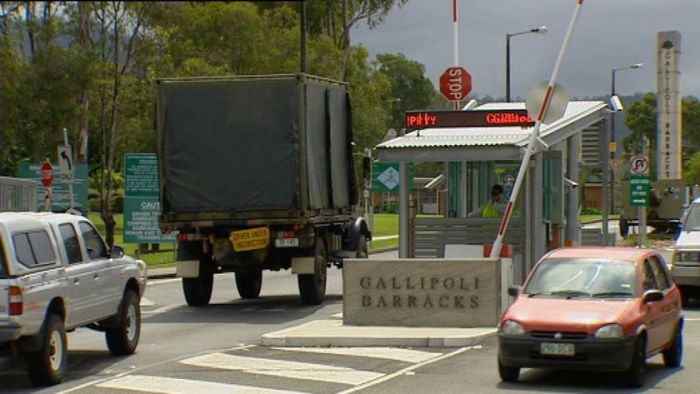
A DARWIN-BASED US Marine allegedly disguised himself in a motorbike helmet before dragging a 60-year-old woman from her car and slamming her head into vehicles in the carpark earlier this month.
Court documents allege the woman, who worked at a Brisbane Barracks, was thrown against cars and had her head slammed on vehicles and a steel guard rail while being told “be quiet” as she screamed for help.
Elwood allegedly continued the attack until an Australian Federal Police officer at the Army base heard the woman shouting “no” and “please” and intervened.
The 20-year-old Marine allegedly tried to bite the officer when he tried to help the woman. It took three people to detain the man before he was arrested and granted watchhouse bail earlier this month.
The woman sustained serious injuries, including bruising and cuts.
Marine Rotational Force Darwin spokesman First Lieutenant Jose Uriarte confirmed Elwood remained an “active-duty Marine” despite the charges.




